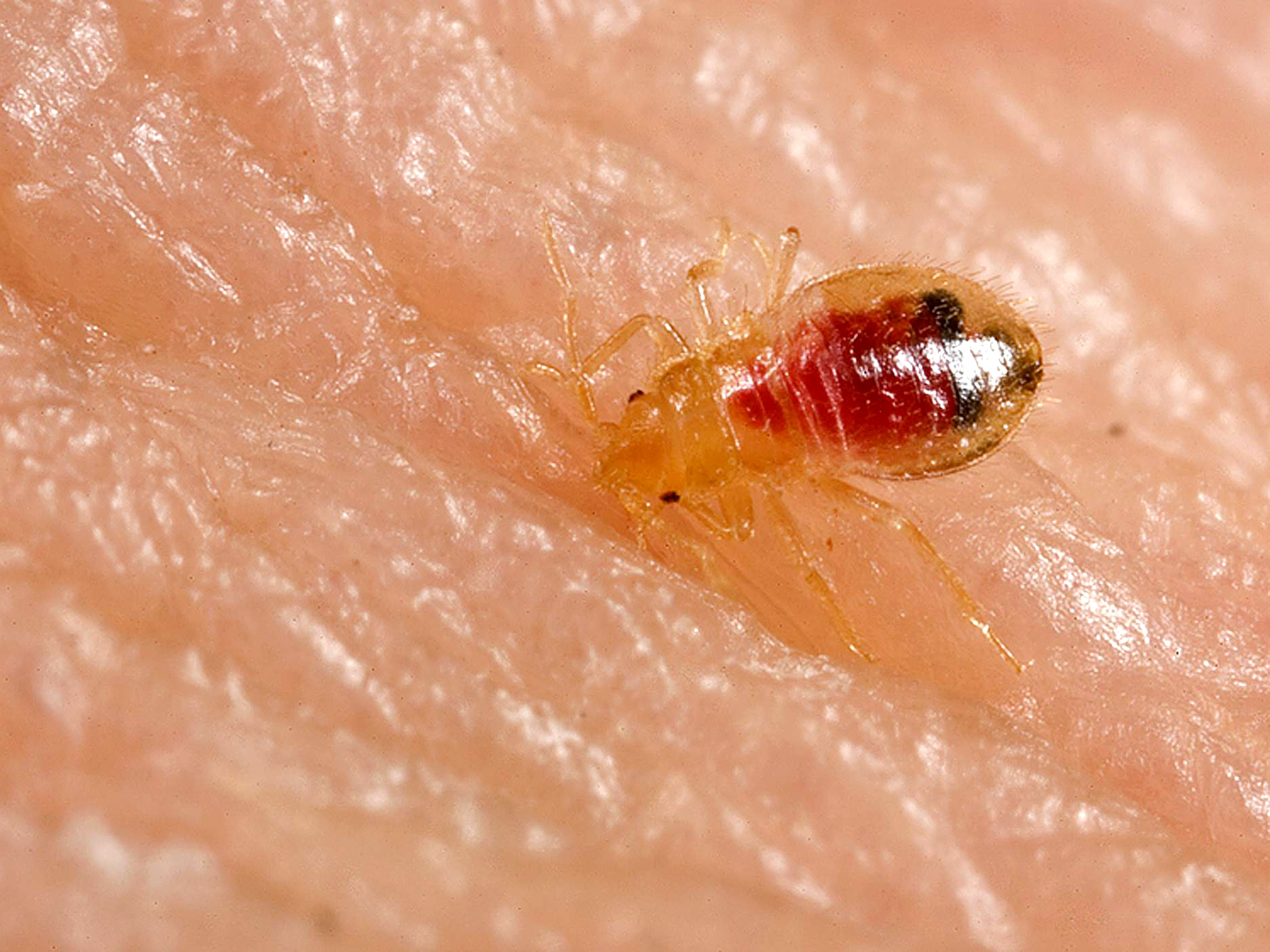Lack of Contact with Bedbugs
Bedbugs need to come in contact with the insecticide in order to be poisoned. But since bedbugs have nearly flat bodies, they can hide in cracks and crevices in walls, floors or furniture and wait until the insecticide loses its potency. Even insecticide "bombs" or aerosol foggers only coat the surface of objects with insecticide and do not penetrate into places where bed bugs hide. These "bombs" are highly flammable and have been known to suddenly explode.
Multiple treatments of these products fail to kill bedbugs. But aerosol foggers coat the room and objects
with a layer of insecticide that may sicken pets and people because they are
far more likely to come into contact with the residual pesticides than the
bedbugs.
Resistance
Pesticides that could kill bedbugs decades ago, such as
pyrethroids, now do not work. Over the
counter pesticides consist of pyrethroids. Unfortunately, bedbugs are increasingly
becoming resistant to pyrethroids. Pyrethroids
attack the bug’s nervous system and cause paralysis. But bedbugs protect their
nerve cells with genes that break down toxins from pyrethroids into harmless
chemicals, according to Ohio
State University
Fun Facts
Adult bedbugs survive up to one year between meals,
according to Cornell
University
All rooms in a home or building need to be treated
simultaneously, although this is still not guaranteed to kill all of the
bedbugs, especially eggs. Only
professional strength insecticide sprays can kill eggs. These insecticides are often licensed, depending
on what state, province or country one lives in.
Alternative to OTC
Products
All cracks in furniture, walls or floors need filling in so
bedbugs cannot find hiding spaces and females cannot find spots to lay their
eggs. Beds and sofas may not have to be
tossed unless this is recommended by an exterminator.
References
National Public Radio. “Bedbug Genome Reveals Pesticide Resistance.” Jon Hamilton; January 19, 2011 . http://www.npr.org/2011/01/19/133057071/bed-bug-genome-reveals-pesticide-resistance
(Describes findings by Ohio
State University
Image of bedbug nymph feeding on a person from the CDC



No comments:
Post a Comment